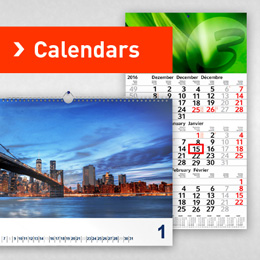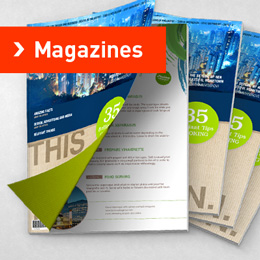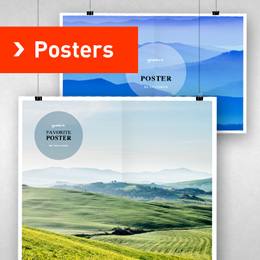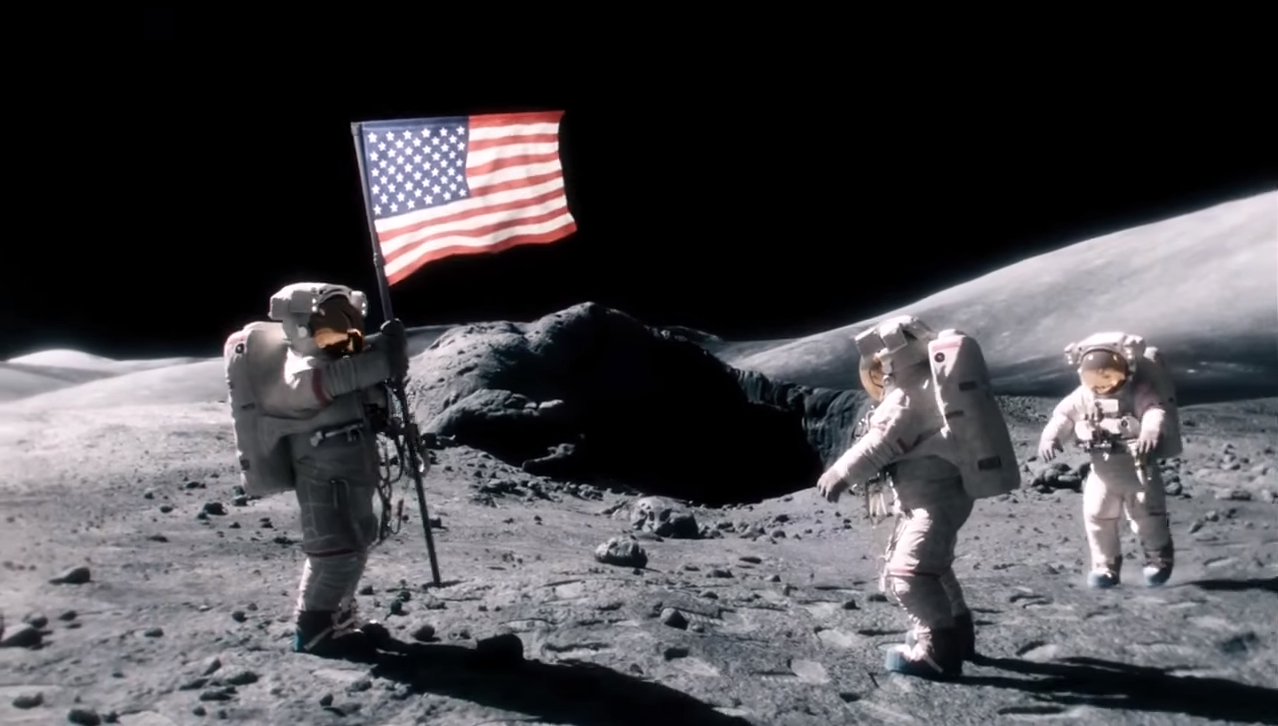Interview to artist Domenico Romeo
„The best art is the one produced in times of great change, times of uncertainty, moments of economic crisis. “ – Domenico Romeo.

Photo by Claudia Grasso
The exhibition of contemporary art OSMOSIS, organized by the LUISS Master of Art, is held in Rome from the 1st and until the 28 th of November 2013, at the Tiburtina station. The objective of the exhibition is to photograph, through art, a moment of reality – and in particular the climate of uncertainty created by the economic crisis.
The location within the Tiburtina station is a very conscious choice. The station plays the role of a large square in the middle of a very important crossroad, a public meeting place where to spend time and enjoy a passion for collecting.
Domenico Romeo is one of the artists who took part with his new work “Selezione Innaturale” (Unnatural Selection) .
print24:
Let’s talk about Osmosis. What attracted you in this project and how did you react to the invitation?
Domenico:
Right from the beginning I found the place very interesting; an unconventional one to display to the collective public. It is unusual to exhibit in a station, where the majority of visitors happen to be there by chance. As a place of passage, it can be compared to this: a short wait before jumping on the train that will take us away. The theme gave me the opportunity to ponder what is really happening to humanity today; how important modernity is for us right now; how our world is so similar to other periods of history but at the same time immensely different and unique.
print24:
The exhibition talks about the climate of uncertainty created by the crisis. How does this affect the life of a young artist?
Domenico:
An artist expresses himself by creating and photographing a portion of reality and translating it into his language. In my humble opinion the best art is the one produced in times of great change, times of uncertainty, moments of economic crisis. This makes me think about the artistic avant-garde of the early 20th Century, about Futurism, which I consider the most revolutionary vanguard. They produced a different art, new, unique which was absolutely a product of its time, in the midst of world wars and major changes of all kinds. Therefore, I think that the uncertainty of our time provides new insights to young artists. In times of crisis, art is an escape from reality, and young people, artists or not, know it and are already running fast!
 Photo by Claudia Grasso
Photo by Claudia Grasso
print24:
The prof. Achille Bonito Oliva, director of the LUISS Master of Art, said that „the young artists feel the need of a dialog and not a solitary monologue. They privilege the public in transit.“ Do you agree? How is it different to exhibit in a station rather than in a gallery?
Domenico:
Every man needs to communicate, to establish a dialogue. So do artists. Even I, who have decided to communicate the need to not be read and to not communicate. It doesn’t make much of a difference to me to exhibit in a station or in a gallery as every work has relatively important concepts that I want to make public. The important thing is to never underestimate a job, whether it is in a museum or a friend’s bar.

Photo by Claudia Grasso
print24:
Let’s talk about the work that you’ve exposed for Osmosis: „Unnatural Selection“. Why this title and what do you want to convey?
Domenico:
Natural selection, theorized by Charles Darwin in his book „The Origin of Species“, introduces the concept of „struggle for existence“ in which organisms that have advantageous characteristics are intended to survive at the expense of others. „In other words, the environment is to select the mutations according to the criterion of favourability“. The „Unnatural Selection“, which is what is happening today, is instead a process created by the man who holds the economic power at the expense of those who suffer from this power. The selection is not imposed by a surrounding environment but by man. I wanted to photograph this „unnatural“ process representing a little bird who conquers its portion of „everyday wealth“ not knowing being prey of a huge and faceless bird. Invisible but frightening. The work, however, has an intimate and personal aspect that relates to each individual. I, and every people, have an internal „crisis“ to overcome, a daily dose of wealth to swallow to satisfy our souls and a monster without a face to break down.
print24:
Your art is really very special. Someone calls it „callifigurative.“ Can you explain what it means?
Domenico:
I have re-written letters of the alphabet, creating “my own way” of communication. Sometimes these letters appear out of place and create the concept I want to express. Hence the term callifigurative. The content of the sentences I write turns to me. They are the notes that I keep for the future so that I can go back to read them.

Photo by Claudia Grasso
print24:
What other works of your artistic career would you like to talk about? Which one is your favourite and why?
Domenico:
That [favourite] one is yet to come because I believe that you should always do more and better. Improve!
print24:
How did you get into art? What were your influences?
Domenico:
Many things have influenced what I do: reading Tolkien as a child, the rigid beauty of Gothic characters that I used to draw when I was a kid, to have encountered the work of Usugrow when I was a boy and the desire to write at night that I have had for recent years.
print24:
Returning to the subject of the crisis. Can you live by art today?
Domenico:
The artist lives of art, yesterday, today and tomorrow. The true artist is one who eats art, not bread. It does not matter if art brings money for a loaf of bread every day, art is something higher than food. But let’s drop the cliché, let’s face it and let’s be realistic. Lives of art only that who worked well until reaching a circle of collectors. All the others try to produce art during their spare time.
print24:
How do you see the reality of contemporary art in Italy?
Domenico:
I notice a big turmoil and I hope it lasts. I am confident and believe in the Italian art scene, both the field of contemporary art as well as that of street art – assuming the latter is not a variant of contemporary art itself.









